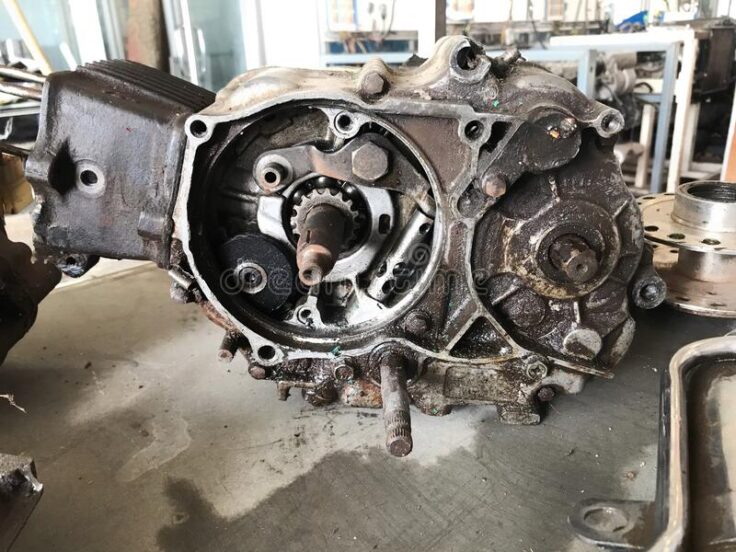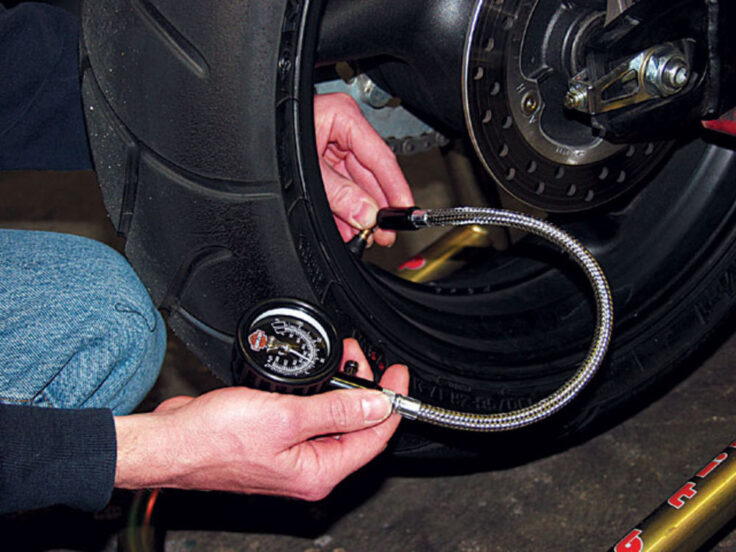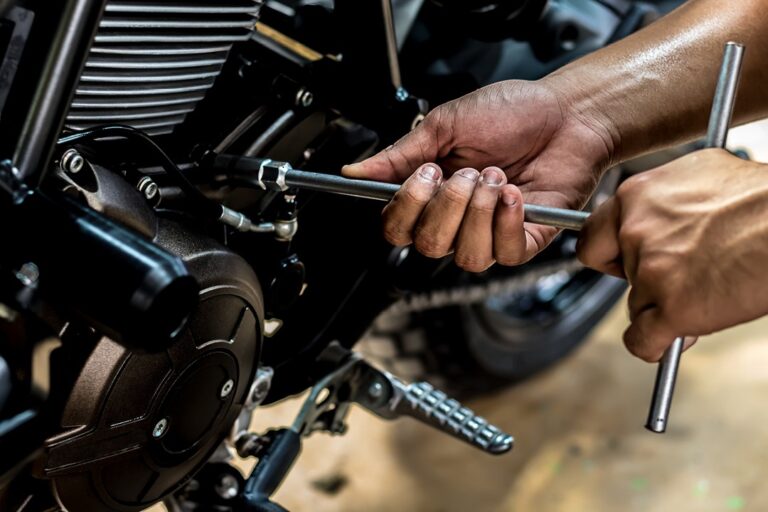Here are some general motorcycle maintenance t6ips to keep the motorcycle healthy and cut repair costs.
A motorbike that is well maintained will be a safer motorbike to ride than a bike that has been neglected. A well maintained, safe road bike is far less likely to be involved in any road accidents, ensuring that you keep your motorbike insurance NI premium from increasing, according to Eamonn, an insurance expert from Insurancequotes NI. In fact, if you build up a good no claims history, your motorbike insurance will overtime reduce in cost.
The task of maintaining a motorcycle involves understanding simple home-servicing tasks, you don’t need to have the mechanical knowledge of an expert technician to ensure proper maintenance of your motorbike. Motorcycles do not require regular maintenance to keep them safe and operational the way cars do. A simple comprehensive review of the motorcycle by an experienced specialist once a year should be enough.
You should be able to perform every other necessary maintenance by yourself in the comfort of your garage. After acquiring a new motorcycle you need to first and foremost, learn about the different motorcycle engine parts and their specific functions. Try to know more about motorcycle’s model by reading the owner’s manual and spending time with like-minded individuals who own motorbikes.

Their personal experience and tips on motorcycle maintenance can prove useful at certain times when you are left with little options. Depending on the model of your motorcycle, you should perform an oil change every 5,000 to 10,000 km to keep it healthy and in good working condition. Changing the oil and oil filter every year during the annual check-up of your motorcycle is equally very important.
Some mechanics recommend changing both the oil and its filter every six months. Note that the oil gets exhausted faster during the summer periods than during the winter, remember to take that into consideration when doing your oil checks. For new bikes, the instruction manual is a highly valuable resource for information regarding oil change and it must be followed religiously.
Another important area that must not be neglected is the checking of your tires. This includes the brake pads and tire pressure, all of which must be checked regularly because their effective functionality could mean the difference between life and death.
Use only quality pressure gauges to check the pressure of your motorcycle’s tires and consult the instruction manual for the accurate pressure. When the brake pads are thinner than 2mm, it is a strong indication that it needs to be changed. It is highly recommended that the brake pads of your motorcycle should be checked every 10,000 to 15,000 km (or 6,000 to 9,000 mi).

Note that your brake pads are prone to getting thinner faster if you live in a city with lots of hills, so you need to check them as often as you can. In fact, always remember to inspect your motorcycle’s tires before each ride. Also, be sure to take into account the riding condition, and extremely hot, cold or dusty environments.
Check the lights and indicators before every ride, check the tension of the chain every month and make sure it is properly lubricated. Also, check the control cables at intervals of two months. Clean and inspect the air filter and spark plugs, ensure to change them at least every nine months. Don’t forget to check the brake fluid level and the condition of the brake lines too. The transmission fluid should also be checked and replaced every couple years.

